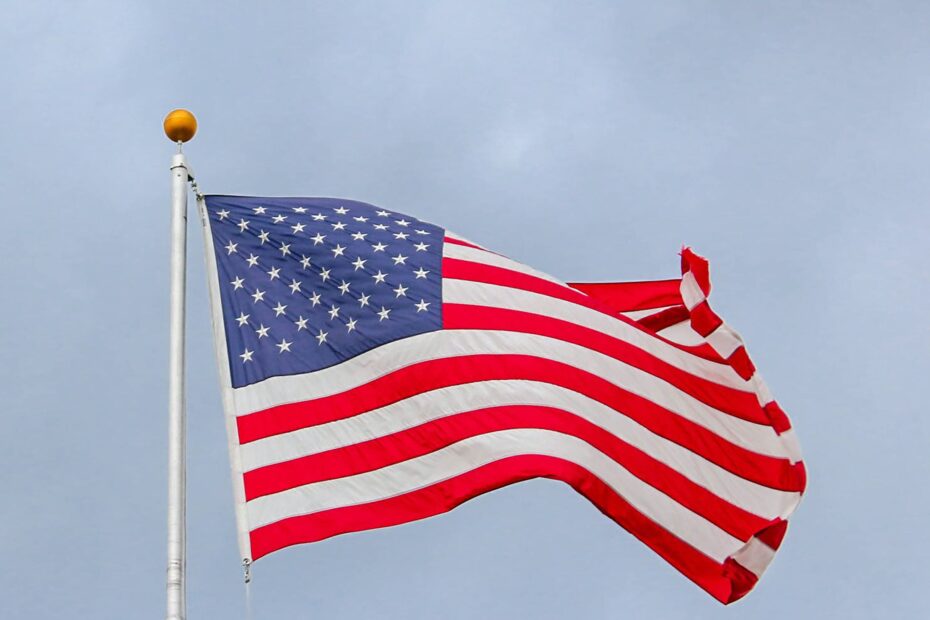The O-1 visa is a nonimmigrant category based on employment. It is one of the kinds that supports those looking for temporary employment in the United States. But not all who strive for these objectives are eligible for, let alone succeed in, receiving an O-1 permit.
Only individuals who are “exceptional” or have achieved the pinnacle of their fields are eligible for the O-1 visa. For certain visas, a college degree is the only prerequisite. However, O-1 applicants typically have a PhD degree, years of expertise in their industries, or a major award relating to their employment.
How soon and how long can O-1 visa holders visit the United States?
The maximum validity of an O-1 visa is three years, and it can be extended by one year at a time.
A person with an O-1 visa may remain in the country for as long as their visa is in force. However, once you have your visa, you are permitted to go to the United States up to ten days before the start of the validity period and remain there for an additional ten days after the validity period has ended. Be aware that staying in the United States may cause issues, such as being forcibly deported to your native country by the government.
Increasing the duration of the O-1 visa
Certain circumstances might force you to continue working. The conditions for extending the validity of your visa are as follows:
- a new Form I-129 that explains why you need to continue working in the country. It will be helpful if you state in the petition that unanticipated events are the reason you require an extension of your stay.
- a copy of your Form I-94, often known as the admission record number or departure number. This form is used by U.S. Customs and Border Protection to track the entry and exit of foreign nationals into and out of the country.
- a justification for the extension in a statement
Be aware that providing these documents does not ensure a delay. The USCIS conducts the same analysis when extending an O-1 visa as when one is applied for. You should anticipate receiving another Form I-94 once they approve your application.
Additionally, it is advised to refrain from submitting an extension request too soon because the USCIS may determine that your case does not actually require an extension. Before submitting a request for an extension, wait a few months.
Changes in your employment
The USCIS lists three potential substantial changes to the conditions of your job, along with what to do in each case.
Changes in your employer
In this situation, the USCIS will require your new employer to submit a fresh Form I-129. Your petition must be modified to reflect the new employment and include a request for a stay extension if it was submitted by an agency.
Modifications to the employment terms and conditions
Transferring jobs, getting promoted, or getting demoted are all examples of “material” changes, according to the USCIS. In these situations, the petitioner needs to submit an amended petition to the USCIS service center that handled the initial petition.
Note that athletes are subject to a different rule. When an athlete on an O-1 visa switches teams, their employment with the new team is valid for 30 days. The new employer must submit a fresh petition during this time and wait for approval. If the new employer does not submit a petition within 30 days or if the USCIS denies the new application, the athlete will lose their job.
Termination of employment
If the beneficiary resigns, this rule does not still hold. The beneficiary’s costs for returning to their home country must be covered by the employer (and, if they submitted the petition, the agent) if the job is ended.
